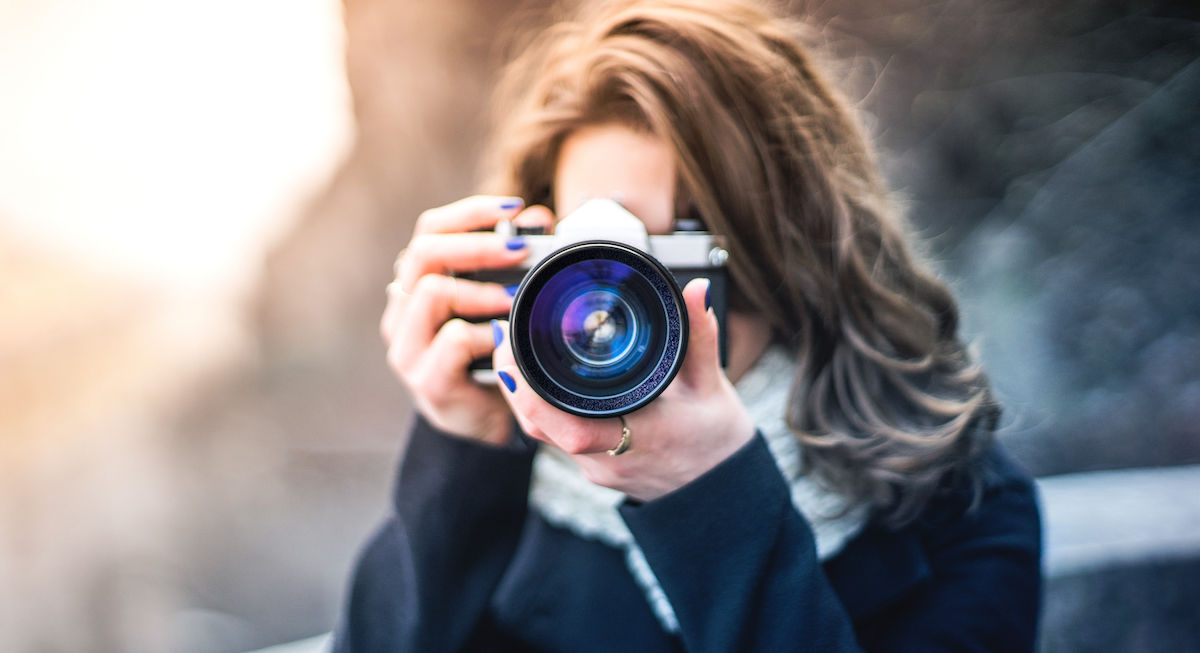Composition is the most? An important skill for any photographer to develop your ability to compose a strong, balanced, and visually appealing shot is what separates snapshots from great photographs. Developing your eye for composition takes time and practice, but the payoff is huge in terms of the quality of the images you create.
Look at lots of photography
The first step is simply looking at tons of great harrisburg photographer regularly. Study the work of master photographers and take note of how they compose their images. Pay attention to element placement, framing, depth, patterns, symmetry, leading lines, textures, negative space, etc. The more photography you look at, the more these compositional techniques will sink in. Follow photographers you admire on social media and visit photography exhibits to immerse you in excellent composition.
Learn composition techniques
While immersing yourself in others’ photography, also take the time to specifically learn about composition techniques. Read up on the rule of thirds, leading lines, symmetry, patterns, depth of field, framing, negative space, and more. Learn the basic rules first, but also keep in mind that rules are meant to be broken once you understand them. Let this knowledge guide you in composing shots rather than rigidly dictating how you frame every photo.
Practice composing shots before shooting
Before you shoot, take a moment to consciously think about the composition. Scan the scene and consider angles, patterns, lines, negative space, depth, etc. Walk around and view it from different vantage points. Practice “composing” the shot in your head first before taking the photo. This mental exercise trains your eye to see compositional potential. The more you do this, the quicker you’ll start composing great shots instinctively.
Look outside the center
The photographers instinctively put their subject right in the center of the frame. While centering works sometimes, training yourself to look outside the center opens up many more compositional possibilities. Put your subject off to one side in the rule of third position. Frame it far in the background or extreme foreground. Shoot from an angle rather than head-on. Each time you photograph a subject, consciously consider at least one non-centered composition.
Limit yourself
Impose limits to spark your creativity. For example, shoot an entire session with just a 50mm prime lens. Or spend a day photographing only patterns and textures. Constraining yourself pushes you to move beyond habitual compositions and encourages growth. Changing your gear, limiting your shooting time, exploring types of subjects you’re not used to photograph, and setting other kinds of creative limits will nourish your compositional eye.
Review your work critically
Carefully review your work after each shoot. Zoom in and analyze the composition. Does it hold together? Are there elements that distract or disjoint the frame? How could it be stronger? Giving each image a critical look and asking yourself hard questions trains your eye over time. Being satisfied with just OK composition prevents growth strive for excellence every time you review your work.
Get feedback from others
Ask talented photographer friends or mentors to critique your composition. Having another experienced eye evaluate your shots provides invaluable feedback. Sometimes being too close makes it hard to identify compositional weaknesses. Listen humbly to the feedback and let it push you forward. Be ready to both give and receive constructive criticism.


